Home>Gardening & Outdoor>Landscaping Ideas>How To Kill St. Augustine Grass
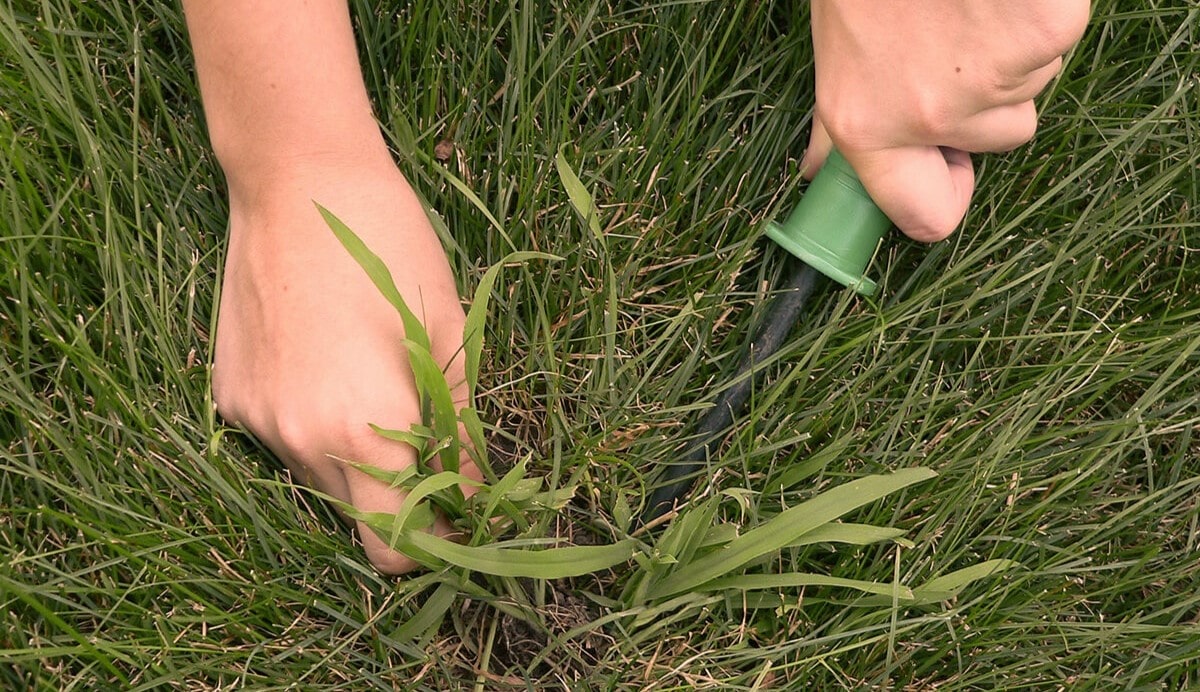

Landscaping Ideas
How To Kill St. Augustine Grass
Published: January 26, 2024
Learn effective landscaping ideas to kill St. Augustine grass and transform your lawn. Get expert tips for removing unwanted grass and improving your outdoor space.
(Many of the links in this article redirect to a specific reviewed product. Your purchase of these products through affiliate links helps to generate commission for Storables.com, at no extra cost. Learn more)
Introduction
When it comes to maintaining a lush and vibrant lawn, St. Augustine grass is a popular choice due to its ability to thrive in warm climates and tolerate partial shade. However, there are instances when this resilient grass variety can become a nuisance, encroaching upon flower beds, walkways, or other areas where it's not wanted. In such cases, knowing how to effectively manage and, if necessary, remove St. Augustine grass is essential for preserving the overall aesthetic and health of your landscape.
In this comprehensive guide, we will explore various methods for dealing with St. Augustine grass overgrowth, from manual removal techniques to chemical control options. By understanding the nature of this grass variety and the best practices for addressing its unwanted spread, you'll be equipped to reclaim and maintain the beauty of your outdoor spaces. Whether you're a seasoned gardener or a novice enthusiast, this article will provide valuable insights into managing St. Augustine grass effectively and efficiently.
Let's delve into the world of St. Augustine grass and discover the most effective strategies for addressing its overzealous growth. Whether you're dealing with a small patch of unwanted grass or facing a larger-scale invasion, this guide will equip you with the knowledge and techniques needed to tackle the issue head-on. With the right approach, you can restore balance to your landscape and ensure that your outdoor areas remain as visually appealing as they are functional.
Key Takeaways:
- Takeaway 1: St. Augustine grass can be a nuisance when it encroaches on non-lawn areas. Manual removal and cultural practices can effectively manage its overgrowth and prevent re-growth, preserving a balanced landscape.
- Takeaway 2: Identifying problem areas and choosing the right method, whether manual removal or chemical control, are crucial for effectively managing St. Augustine grass overgrowth. Preventive measures, such as optimizing cultural practices and incorporating landscape barriers, can minimize re-growth and maintain a visually appealing landscape.
Read more: How To Kill Crabgrass In St. Augustine Grass
Understanding St. Augustine Grass
St. Augustine grass, scientifically known as Stenotaphrum secundatum, is a warm-season grass prized for its lush, dense growth and ability to thrive in tropical and subtropical regions. With its broad, dark green blades and rapid horizontal growth, it is a popular choice for lawns in coastal areas and warm, humid climates. While its resilience and adaptability make it an attractive option for many homeowners, its vigorous spreading nature can also pose challenges when it encroaches upon flower beds, pathways, or other landscaped areas.
One of the key characteristics of St. Augustine grass is its aggressive stoloniferous growth habit. Stolons are horizontal above-ground stems that enable the grass to spread rapidly and form new roots at the nodes, allowing it to establish and expand its presence. This aggressive spreading behavior, while advantageous for filling in bare patches in the lawn, can also lead to unwanted encroachment into neighboring areas.
Understanding the growth patterns and characteristics of St. Augustine grass is essential for effectively managing and, if necessary, controlling its spread. By recognizing its tendencies and growth habits, you can develop targeted strategies for addressing overgrowth and preventing further encroachment into non-lawn areas.
Furthermore, being aware of the optimal growing conditions for St. Augustine grass, such as full sun to moderate shade and well-drained soil, can help you identify areas where it may proliferate more rapidly than desired. Armed with this knowledge, you can take proactive measures to maintain the balance between a healthy, vibrant lawn and a well-defined, landscaped outdoor space.
By gaining a deeper understanding of the growth patterns and environmental preferences of St. Augustine grass, you can approach the task of managing its growth with confidence and precision. Whether you’re dealing with localized overgrowth or seeking to prevent its encroachment into specific areas, this understanding will serve as a valuable foundation for implementing effective control measures.
Identifying Problem Areas
Before embarking on the process of addressing St. Augustine grass overgrowth, it’s crucial to identify the specific problem areas where its encroachment is causing concern. This involves conducting a thorough assessment of your landscape to pinpoint the areas where the grass has spread beyond its intended boundaries.
One common problem area is the interface between the lawn and landscaped beds or hardscaped areas. St. Augustine grass, with its aggressive spreading habit, often creeps into these non-lawn spaces, creating an unsightly and potentially disruptive presence. Additionally, areas where the grass has encroached upon walkways, driveways, or other paved surfaces can pose maintenance challenges and detract from the overall aesthetic appeal of the landscape.
Another key consideration is the proximity of St. Augustine grass to ornamental plants, shrubs, or trees. When the grass begins to encroach upon these elements of the landscape, it can compete for resources and create a visually cluttered and unkempt appearance. Identifying these problem areas allows you to prioritize and focus your efforts on reclaiming these spaces from the encroaching grass.
Furthermore, it’s essential to assess the extent of the overgrowth, ranging from localized patches to more widespread invasion. By gauging the scale of the issue, you can tailor your approach to suit the specific needs of each problem area, whether it involves targeted manual removal or broader chemical control measures.
By carefully identifying problem areas where St. Augustine grass has encroached beyond its intended boundaries, you can establish a clear roadmap for addressing the overgrowth effectively. This targeted approach enables you to concentrate your efforts where they are most needed, ensuring that your landscape remains well-defined, visually appealing, and harmoniously balanced.
Choosing the Right Method
When it comes to addressing the overgrowth of St. Augustine grass, choosing the right method is crucial for achieving effective and lasting results. Several factors should be considered when determining the most appropriate approach, including the extent of the overgrowth, the specific problem areas, and your preferences for manual or chemical control methods.
If the overgrowth is localized and limited in scope, manual removal may be the preferred method. This approach involves physically extracting the encroaching grass and its roots from the affected areas. While labor-intensive, manual removal allows for precise targeting of problem areas and is environmentally friendly, avoiding the use of chemical herbicides.
On the other hand, when dealing with widespread overgrowth or persistent encroachment, chemical control methods may be necessary. Selective herbicides designed to target and suppress the growth of St. Augustine grass can be applied to reclaim invaded areas and prevent re-growth. It’s important to choose herbicides that are specifically formulated for use on St. Augustine grass to minimize the impact on desirable turf and landscape plants.
Consideration should also be given to the long-term implications of each method. Manual removal, while effective for localized overgrowth, may require ongoing maintenance to prevent re-establishment of the grass. Chemical control methods, when used judiciously and in accordance with product guidelines, can provide longer-lasting suppression of St. Augustine grass and reduce the need for frequent intervention.
Additionally, your personal preferences and environmental considerations play a role in choosing the right method. If you prioritize organic and eco-friendly practices, you may opt for manual removal and cultural management techniques to address the overgrowth. Conversely, if efficiency and rapid results are paramount, chemical control methods may offer a more expedient solution.
By carefully evaluating the extent of the overgrowth, considering the specific problem areas, and weighing the pros and cons of manual and chemical control methods, you can make an informed decision on the most suitable approach for managing St. Augustine grass overgrowth in your landscape.
To kill St. Augustine grass, you can use a non-selective herbicide containing glyphosate. Apply it carefully to avoid damaging nearby plants.
Manual Removal
Manual removal of St. Augustine grass is a labor-intensive yet effective method for addressing localized overgrowth and reclaiming invaded areas within your landscape. This hands-on approach allows for precise targeting of problem areas and is particularly well-suited for smaller-scale encroachments where the use of chemical herbicides may not be warranted or desired.
To begin the manual removal process, start by carefully defining the boundaries of the encroaching grass and delineating the areas where removal is necessary. Using a sharp garden spade or edging tool, carefully cut along the perimeter of the affected area to create a clear separation between the grass and the surrounding landscape elements.
Once the boundaries are established, proceed to manually extract the St. Augustine grass and its roots from the identified areas. This can be achieved by gently prying up the grass clumps and stolons using a hand trowel or garden fork, ensuring that the entire root system is removed to prevent re-growth. Take care to minimize disturbance to surrounding plants and soil as you work to extract the encroaching grass.
After the grass and roots have been removed, it’s essential to conduct thorough site cleanup to eliminate any residual plant material and minimize the potential for re-establishment. This may involve carefully raking the area to remove lingering stolons and rhizomes, as well as inspecting the site for any overlooked grass remnants that require removal.
Following the manual removal process, consider implementing cultural management practices to discourage future encroachment of St. Augustine grass. These may include maintaining proper mowing heights, promoting healthy soil conditions, and optimizing irrigation practices to create an environment less conducive to the spread of the grass.
While manual removal of St. Augustine grass demands physical effort and attention to detail, it offers the advantage of precise targeting and minimal environmental impact. By carefully extracting the encroaching grass and implementing proactive management strategies, you can effectively reclaim invaded areas and maintain a well-defined, aesthetically pleasing landscape.
Read more: How To Kill Weeds In St. Augustine Grass
Chemical Control
When confronted with widespread or persistent overgrowth of St. Augustine grass, chemical control methods can provide an effective means of reclaiming invaded areas and preventing re-growth. Selective herbicides specifically formulated for targeting St. Augustine grass can be employed to suppress its growth and restore the balance within your landscape.
Prior to applying any herbicide, it’s essential to carefully read and follow the product label instructions, ensuring that the chosen herbicide is safe for use on your specific turf type and will not adversely affect desirable landscape plants. Additionally, consider the environmental implications and take precautions to minimize off-target impacts during application.
When using chemical control methods, it’s important to apply the herbicide during the appropriate season and under favorable weather conditions to maximize its effectiveness. Typically, applications are best carried out during periods of active growth, when the grass is more receptive to the herbicidal treatment.
After the herbicide application, closely monitor the treated areas for signs of decline in the St. Augustine grass. Depending on the product used, it may take several weeks for the grass to show visible symptoms of suppression. Patience and ongoing observation are key as you assess the efficacy of the treatment and determine the need for any follow-up applications.
Following successful suppression of the overgrown St. Augustine grass, consider implementing preventive measures to minimize the potential for re-growth. This may involve adjusting cultural practices, such as optimizing irrigation and mowing routines, to create conditions less conducive to the resurgence of the grass.
It’s important to exercise caution and prudence when using chemical control methods, ensuring that the herbicides are applied in accordance with product guidelines and local regulations. By employing these methods responsibly, you can effectively manage the overgrowth of St. Augustine grass and maintain the integrity of your landscape.
Preventing Re-growth
After successfully addressing the overgrowth of St. Augustine grass, it’s essential to implement preventive measures to minimize the potential for re-growth and maintain the integrity of your landscape. By incorporating proactive strategies and cultural practices, you can create an environment that discourages the resurgence of the grass and promotes the overall health and balance of your outdoor spaces.
One effective approach to preventing re-growth of St. Augustine grass involves optimizing cultural practices, such as mowing and irrigation, to create conditions less favorable for its proliferation. Maintaining the appropriate mowing height for your turf type and avoiding excessively low mowing can help weaken the grass and reduce its vigor, making it less likely to encroach into non-lawn areas.
Furthermore, adjusting irrigation practices to provide consistent, deep watering while avoiding excessive moisture can help discourage the resurgence of St. Augustine grass. By promoting healthy soil moisture levels and avoiding waterlogged conditions, you can create an environment that is less conducive to the rapid spread of the grass.
Regular monitoring and prompt intervention are crucial for preventing re-growth. Periodically inspect your landscape for any signs of St. Augustine grass encroachment, and promptly address any emerging growth to prevent the establishment of new infestations. By staying vigilant and proactive, you can effectively manage the spread of the grass and maintain the defined boundaries of your landscape.
Consider incorporating landscape barriers, such as edging materials or barriers, to create physical delineations between the lawn and non-lawn areas. These barriers can serve as a visual and physical deterrent to the encroachment of St. Augustine grass, helping to maintain the distinct boundaries of your landscape.
Lastly, regular maintenance and care of your landscape, including the proper management of ornamental beds and hardscaped areas, can contribute to the prevention of re-growth. By attending to the overall health and organization of your outdoor spaces, you can create an environment that is less susceptible to the encroachment of unwanted grasses.
By implementing these preventive measures and incorporating proactive cultural practices, you can minimize the potential for re-growth of St. Augustine grass and preserve the well-defined, aesthetically pleasing landscape you’ve worked hard to maintain.
Conclusion
Managing the growth of St. Augustine grass within your landscape requires a thoughtful and targeted approach to address overgrowth and maintain the overall aesthetic and functionality of your outdoor spaces. By understanding the growth patterns and characteristics of this resilient grass variety, you can develop effective strategies for reclaiming invaded areas and preventing re-growth.
Identifying problem areas where St. Augustine grass has encroached beyond its intended boundaries is the first step toward targeted intervention. By assessing the extent and specific locations of the overgrowth, you can prioritize your efforts and focus on reclaiming these areas from the encroaching grass.
Choosing the right method for addressing the overgrowth is crucial, taking into account factors such as the extent of the overgrowth, the specific problem areas, and your preferences for manual or chemical control methods. Whether opting for manual removal or chemical control, each approach offers distinct advantages and considerations to achieve effective results.
Manual removal, while labor-intensive, provides precise targeting and minimal environmental impact, making it well-suited for localized overgrowth. On the other hand, chemical control methods can offer effective suppression of widespread or persistent encroachment, requiring careful application and monitoring to minimize off-target impacts.
Following the successful management of the overgrowth, implementing preventive measures to minimize re-growth is essential. By optimizing cultural practices, monitoring for emerging growth, and incorporating landscape barriers, you can create an environment that discourages the resurgence of St. Augustine grass and promotes the overall health and balance of your landscape.
In conclusion, managing the growth of St. Augustine grass requires a combination of understanding its growth patterns, targeted intervention, and proactive preventive measures. By applying the insights and strategies outlined in this guide, you can effectively address overgrowth, reclaim invaded areas, and maintain a well-defined, aesthetically pleasing landscape that enhances the beauty and functionality of your outdoor spaces.
Frequently Asked Questions about How To Kill St. Augustine Grass
Was this page helpful?
At Storables.com, we guarantee accurate and reliable information. Our content, validated by Expert Board Contributors, is crafted following stringent Editorial Policies. We're committed to providing you with well-researched, expert-backed insights for all your informational needs.
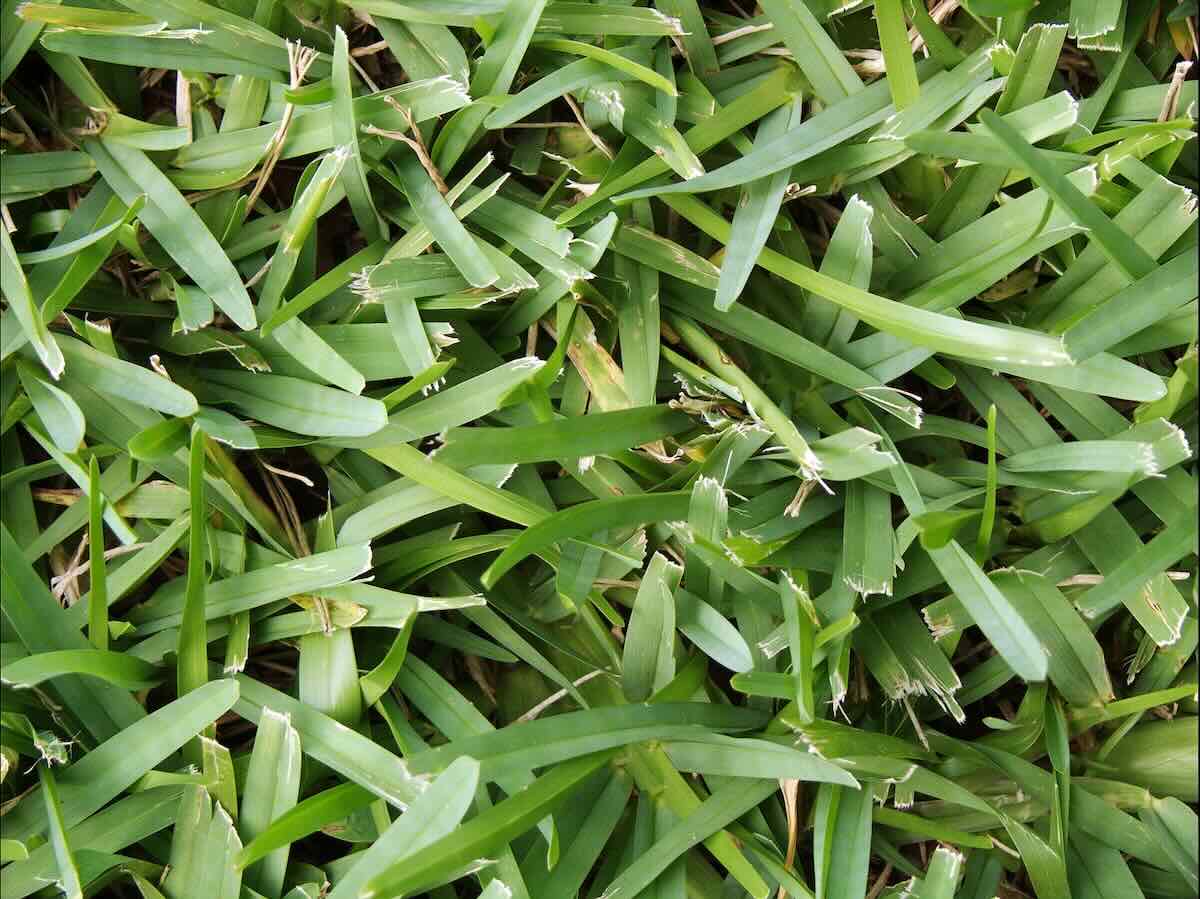
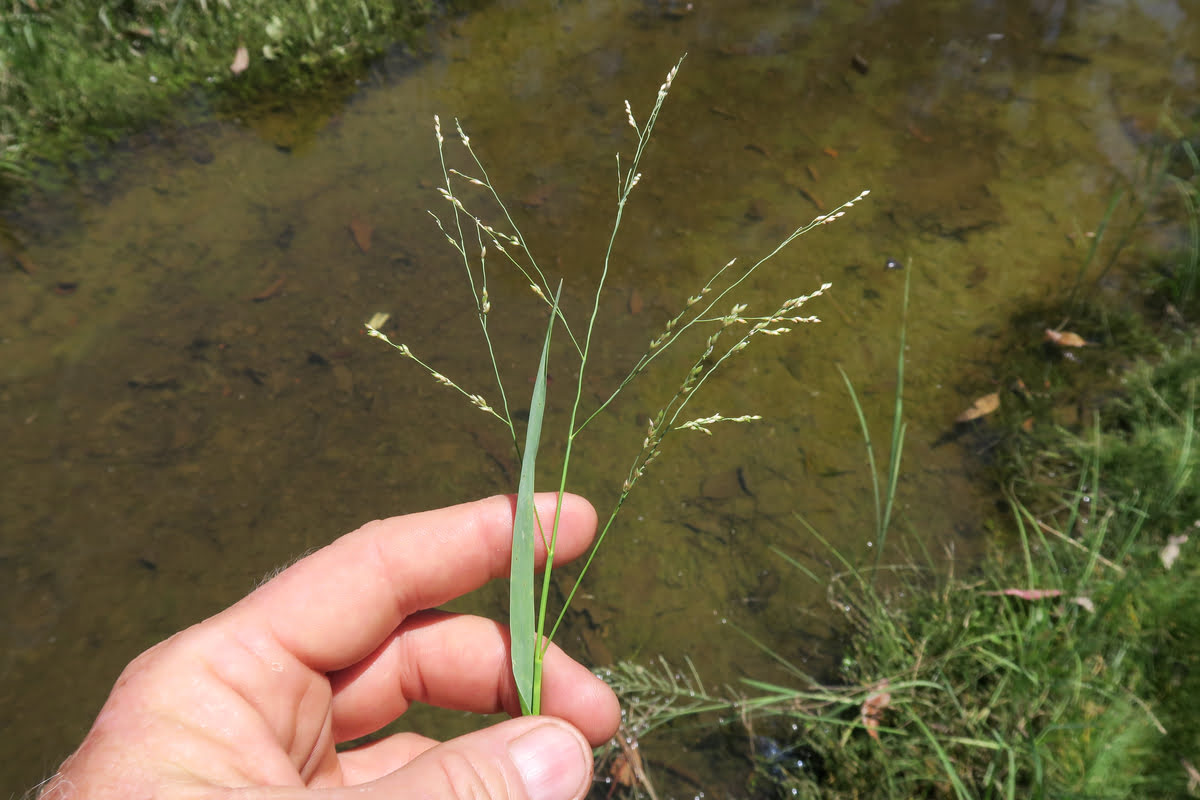
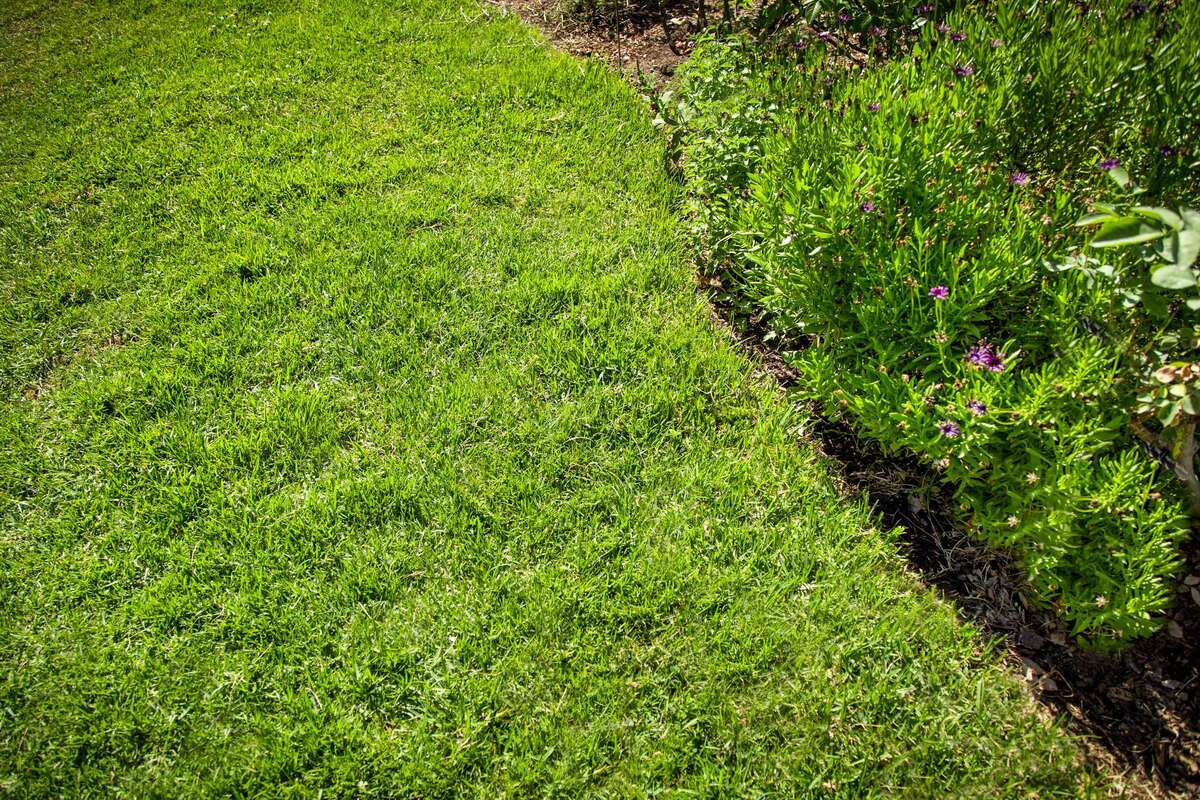
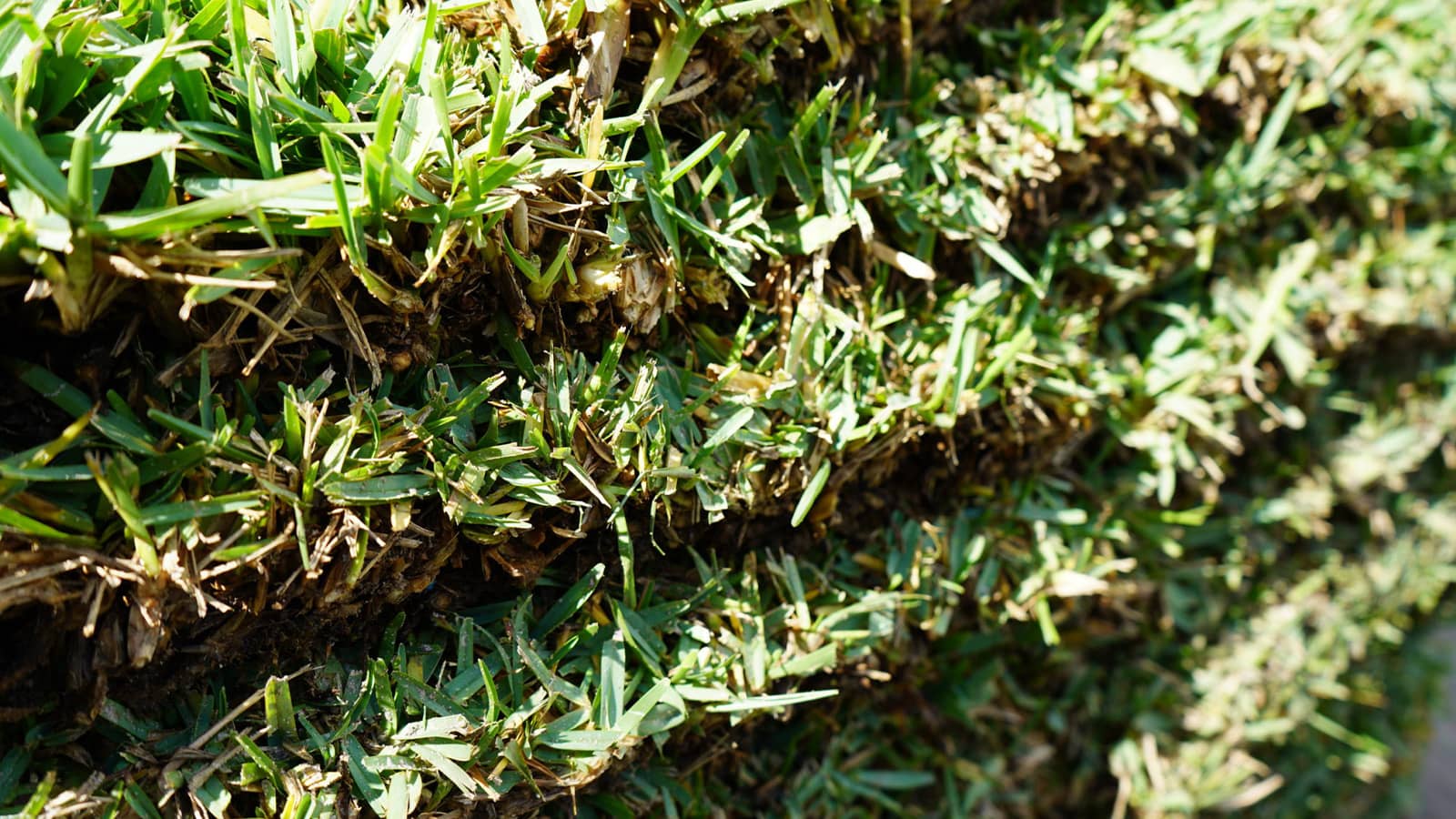
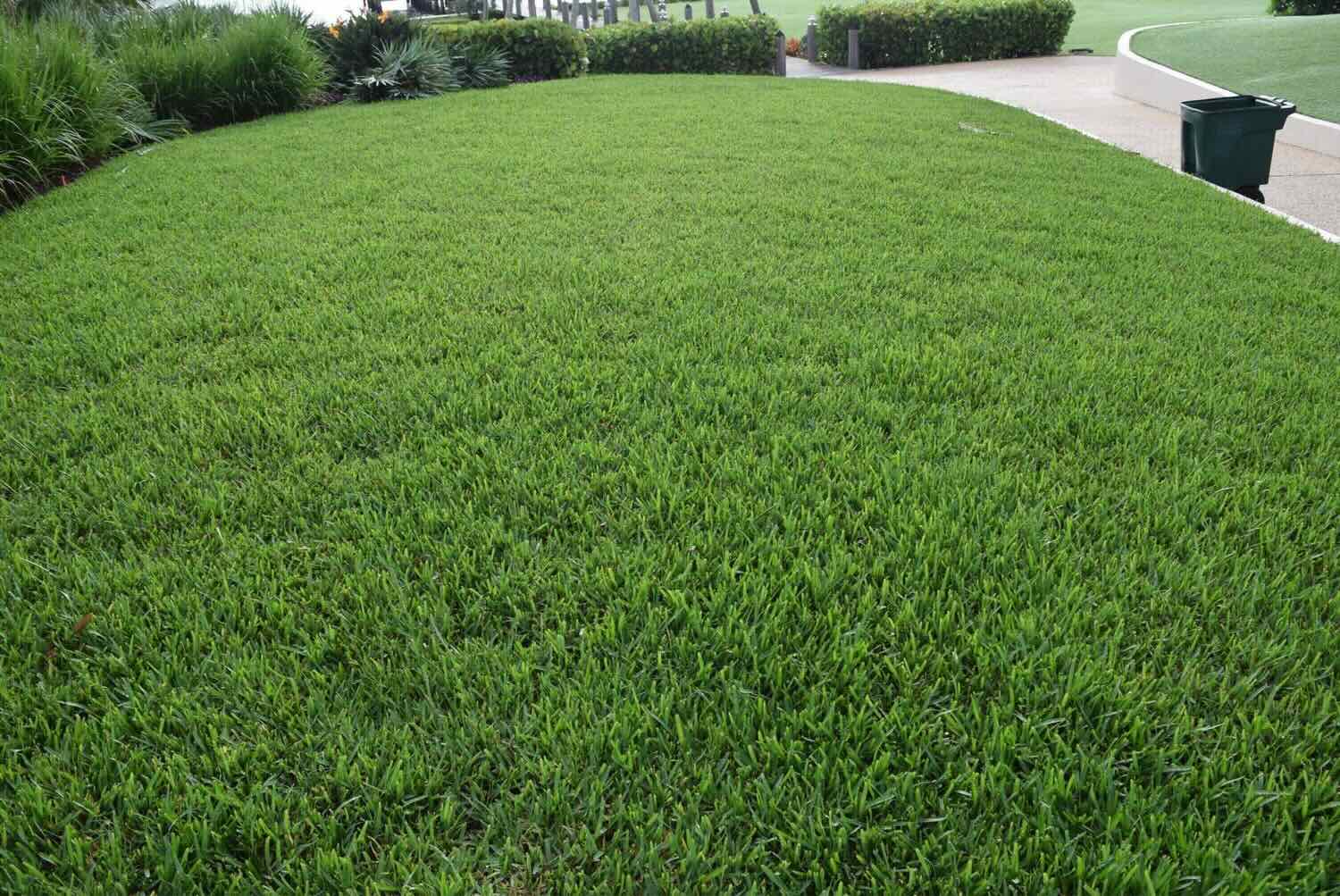
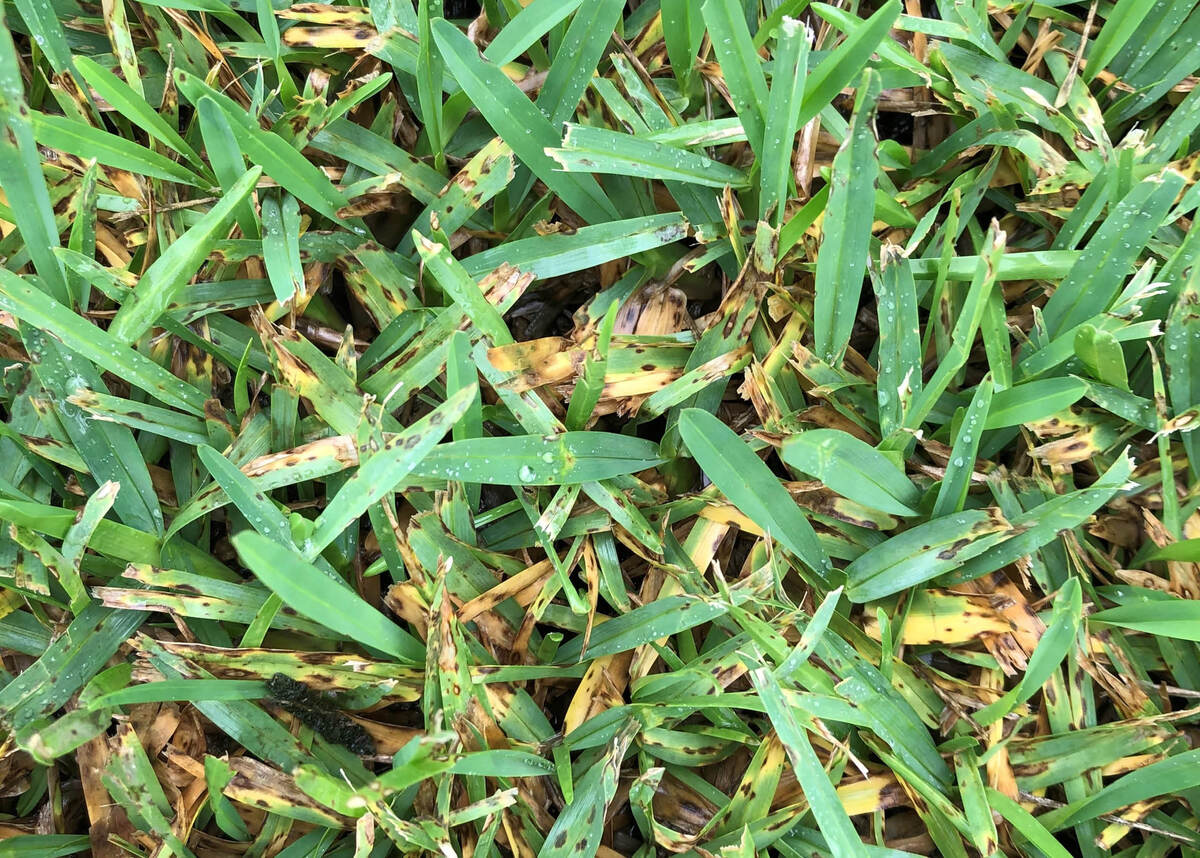
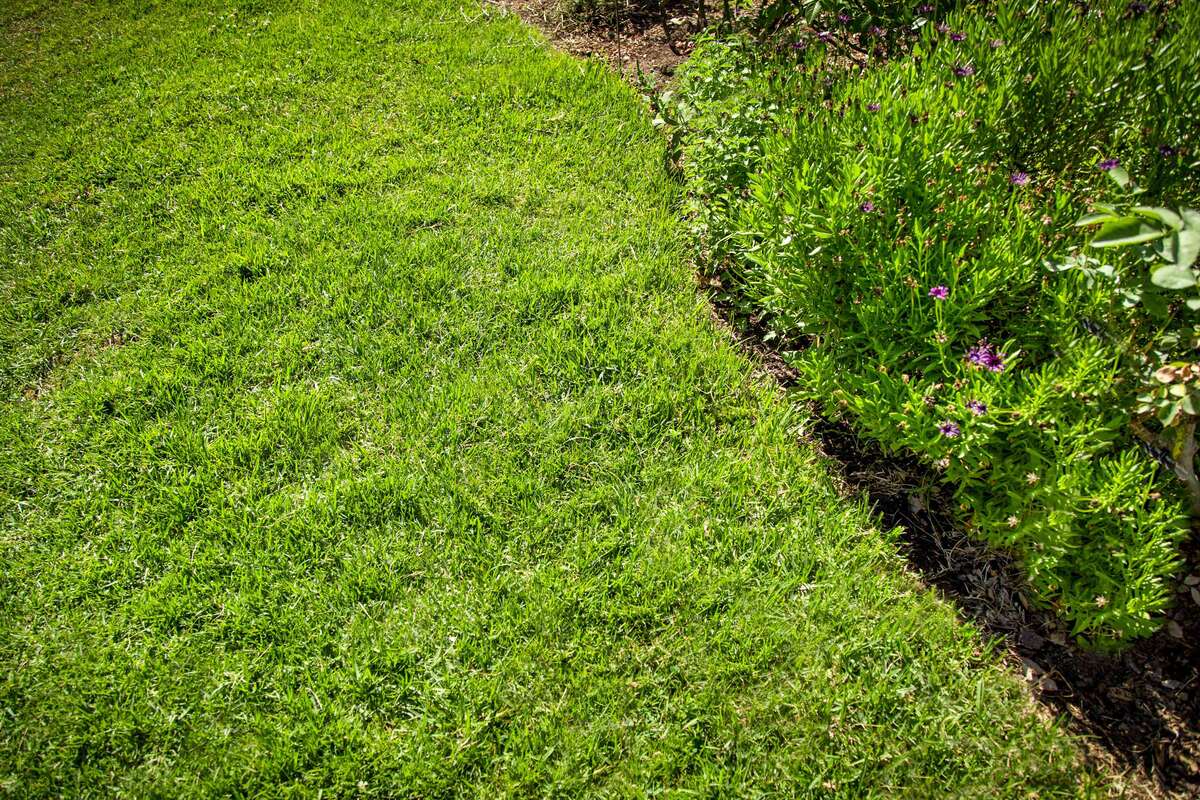
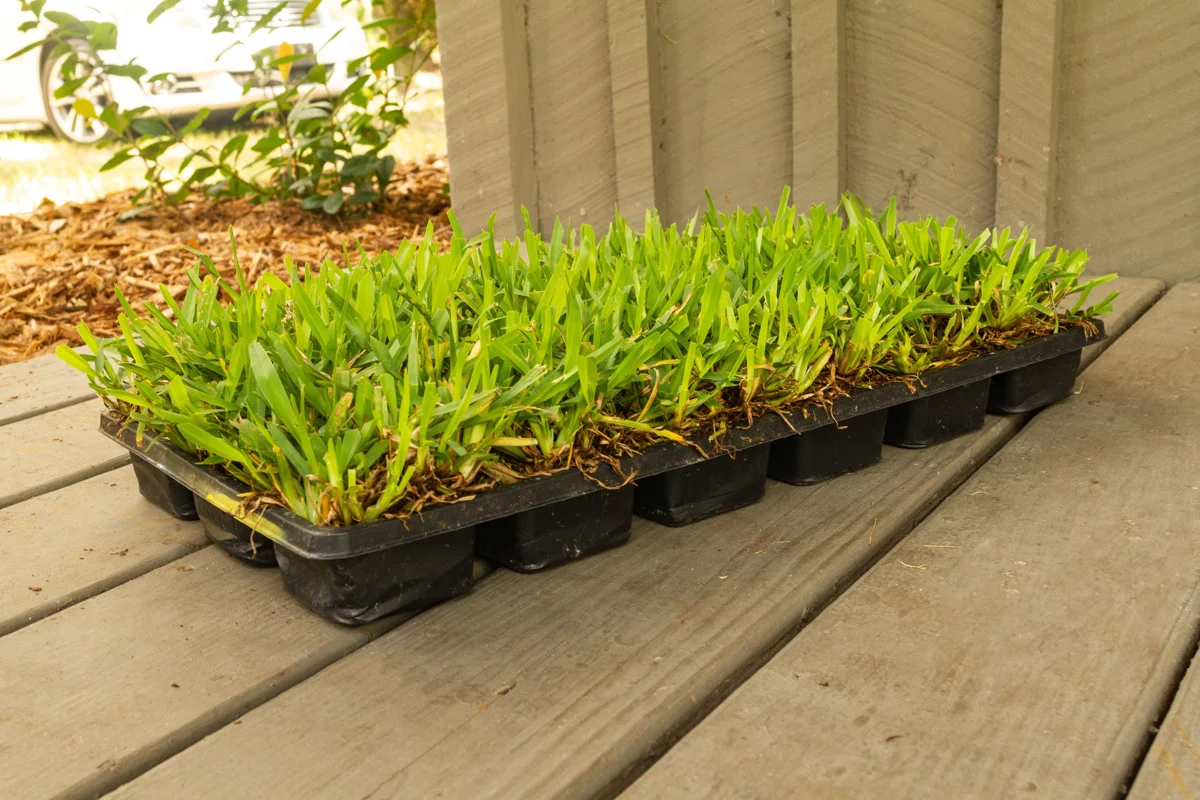
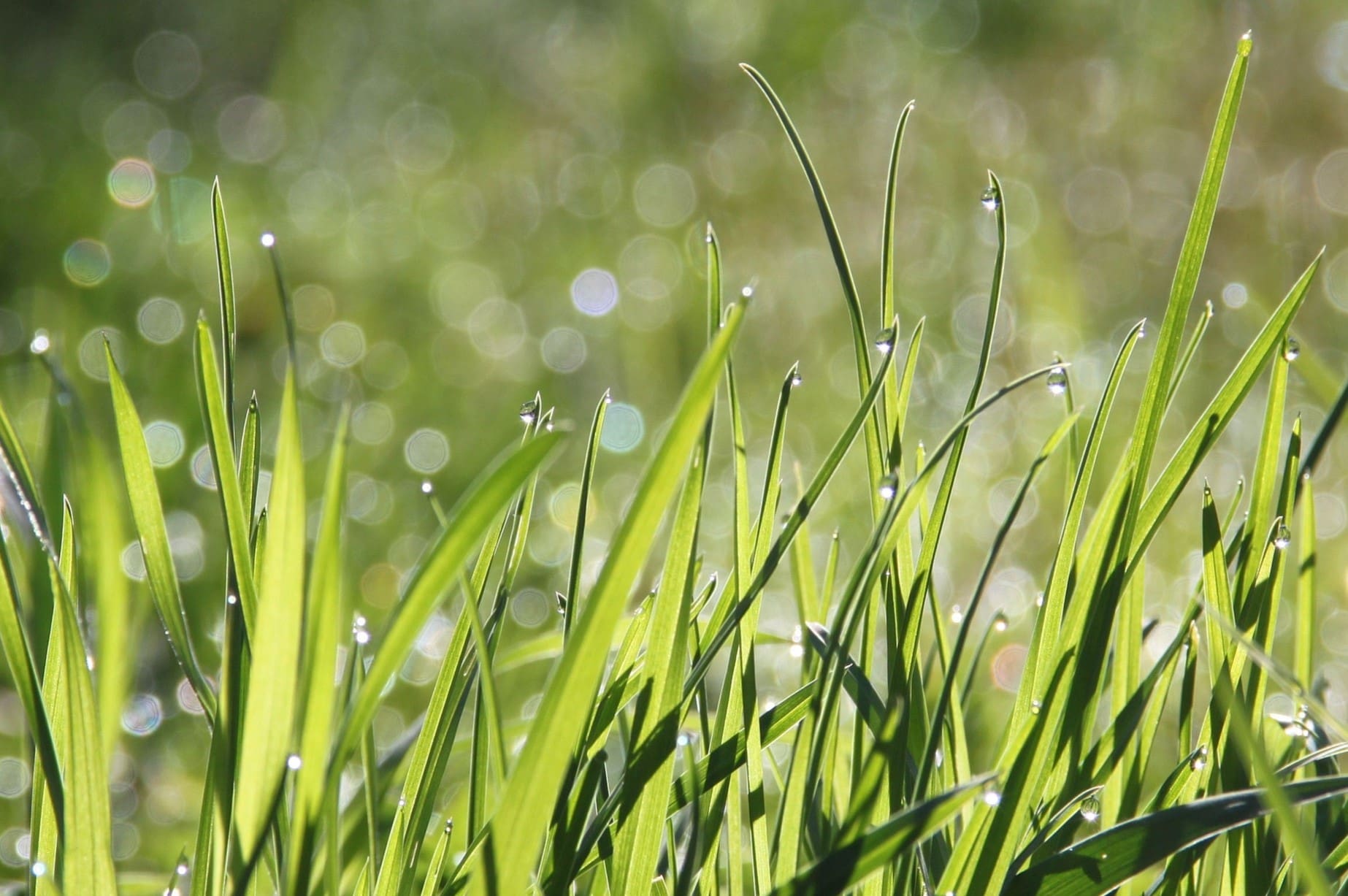
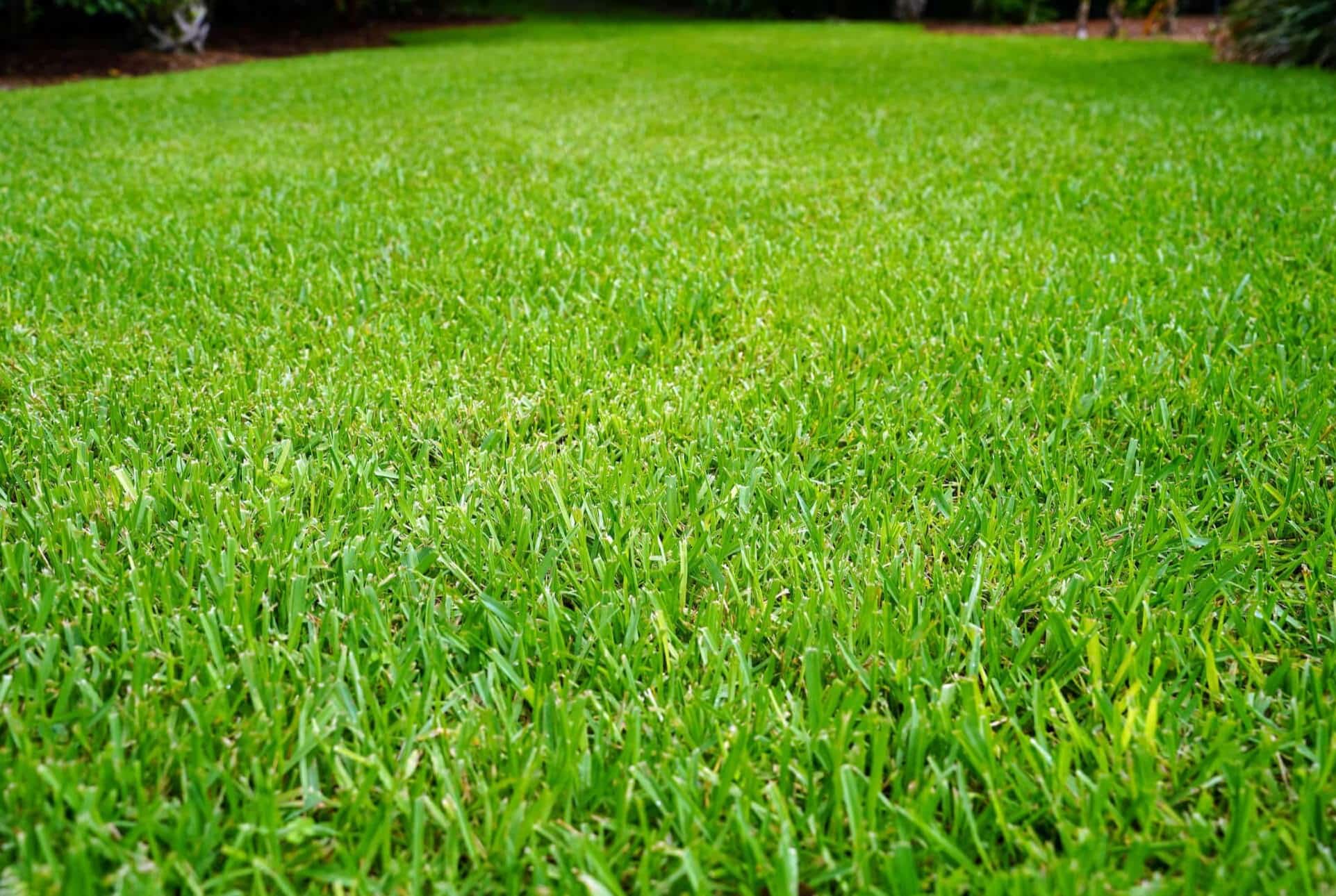
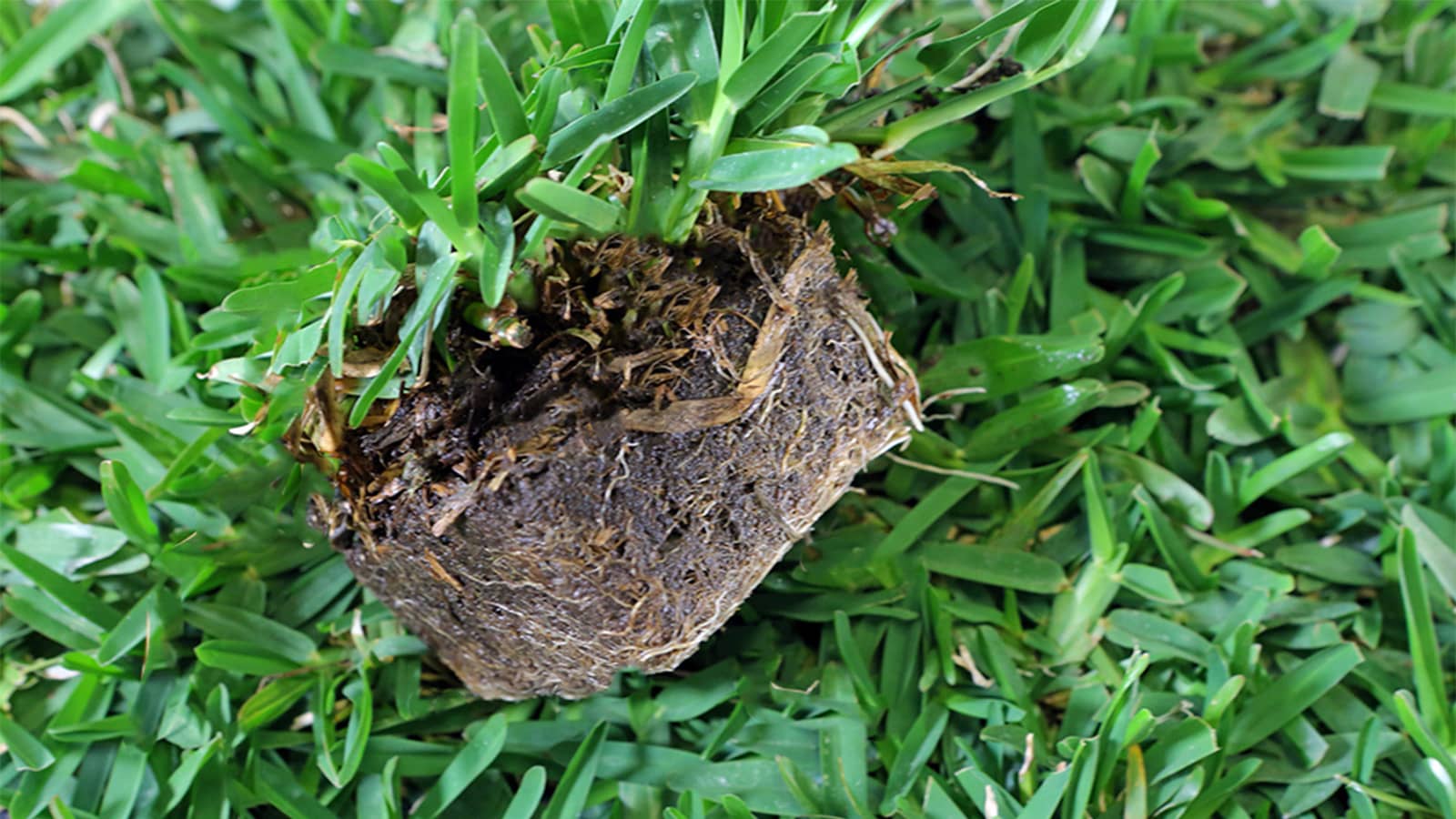
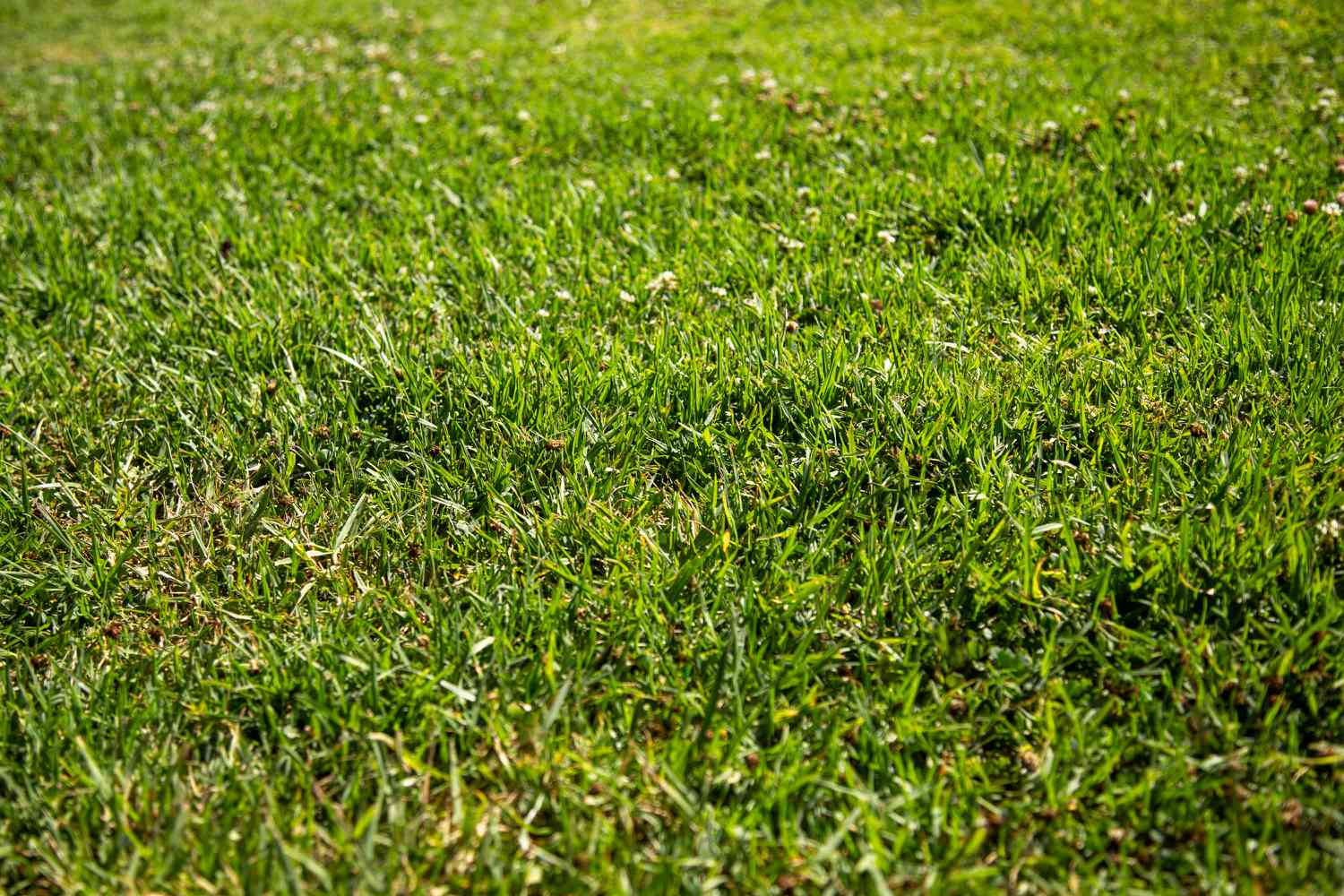
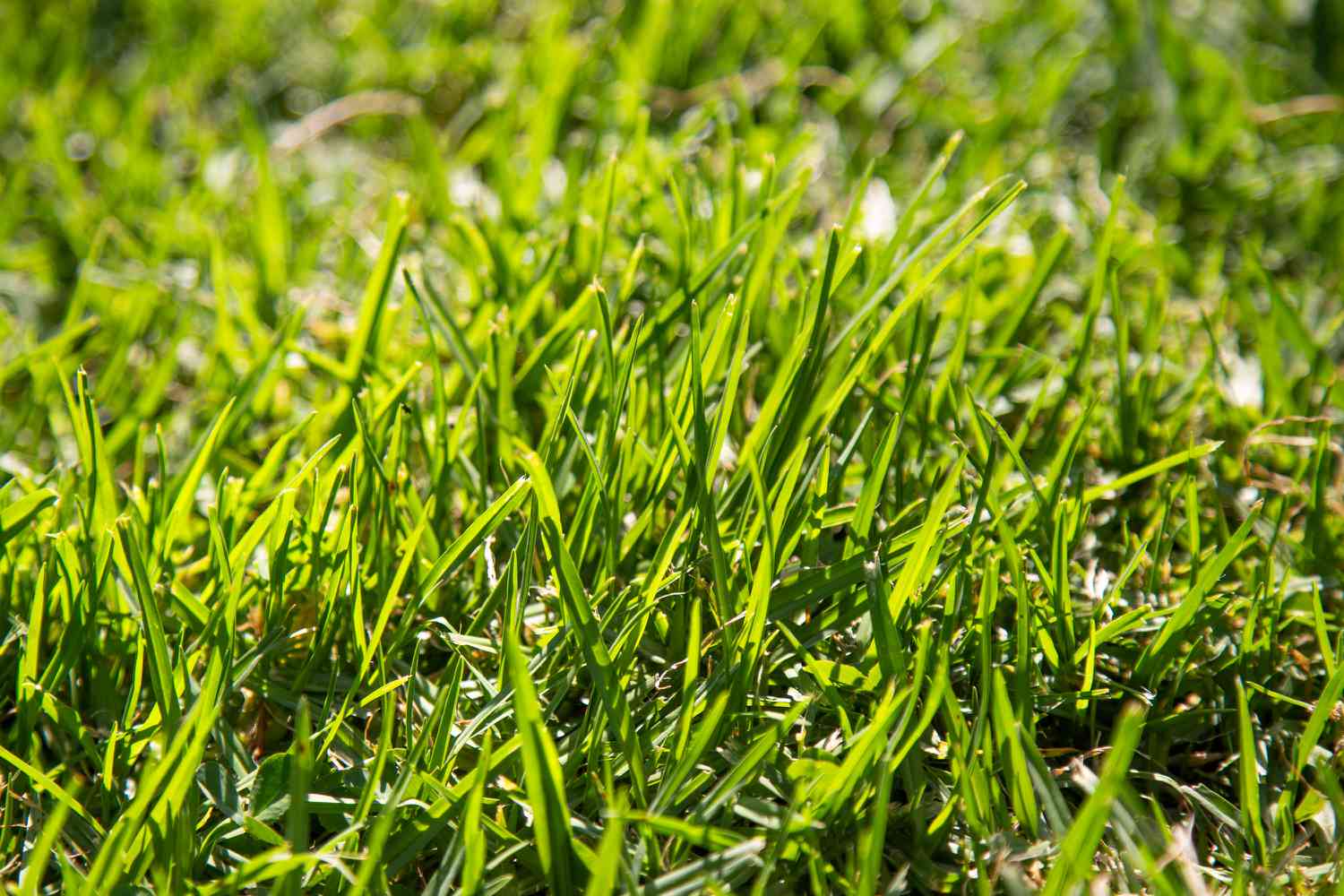
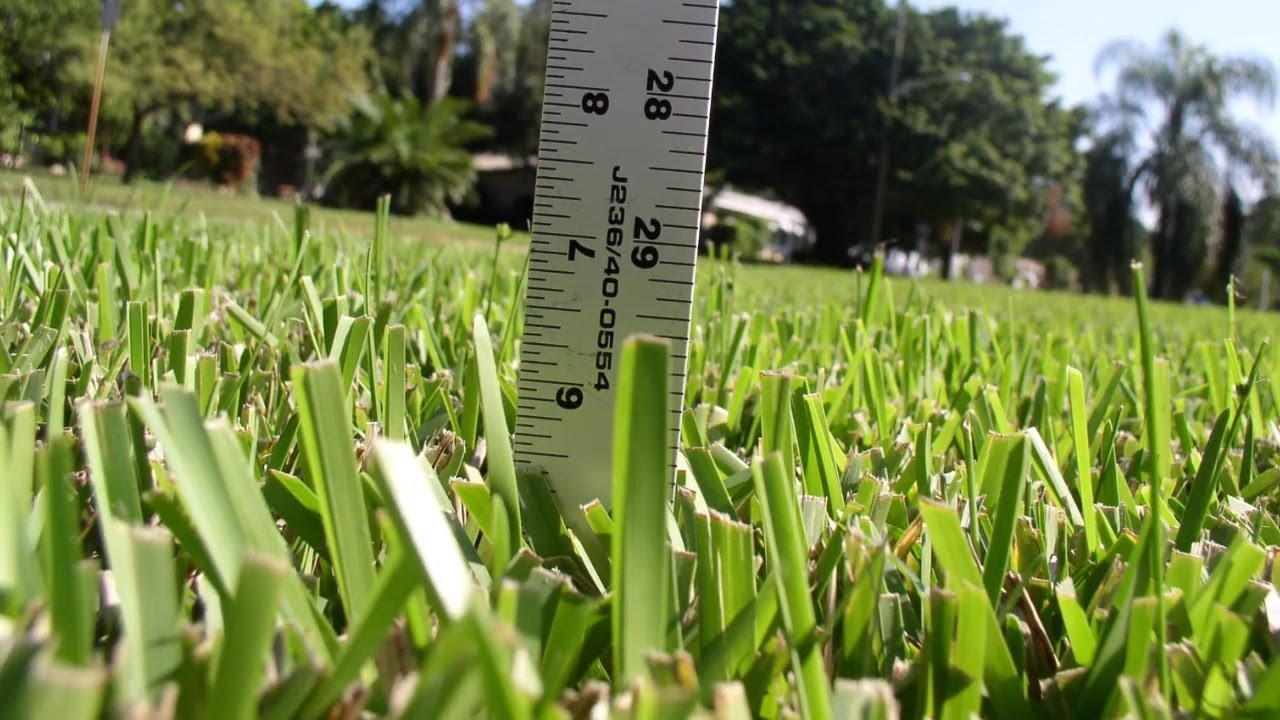

0 thoughts on “How To Kill St. Augustine Grass”